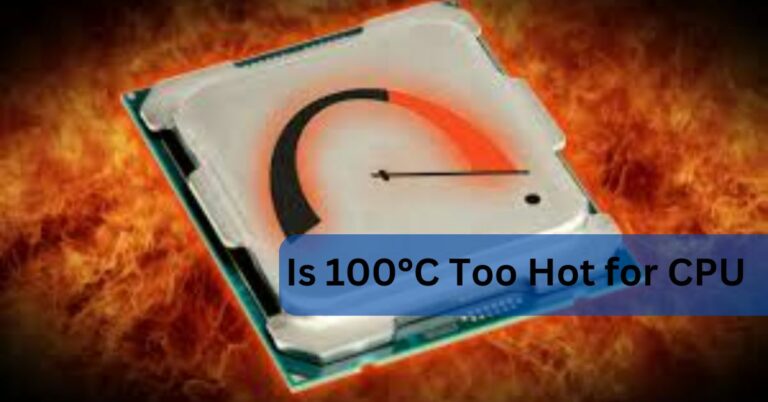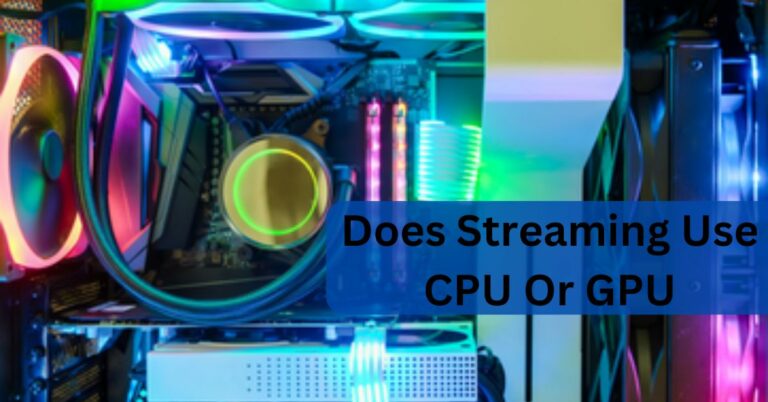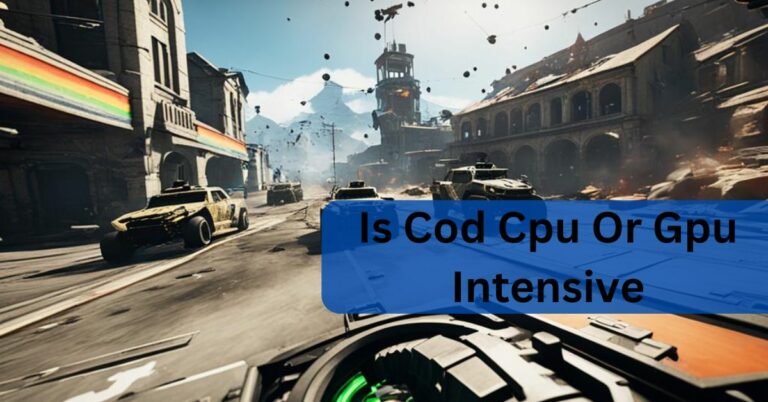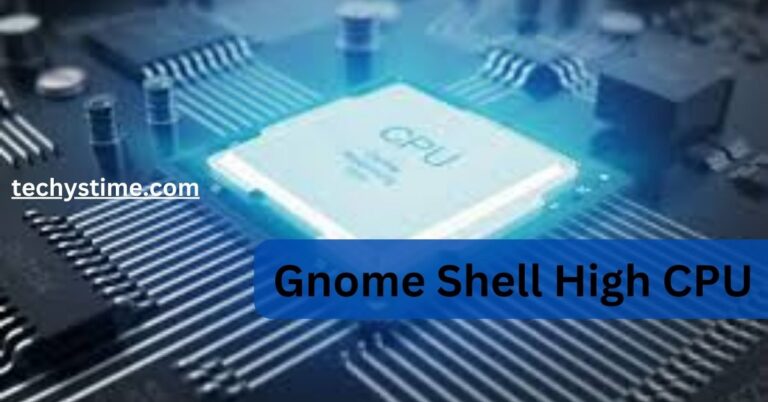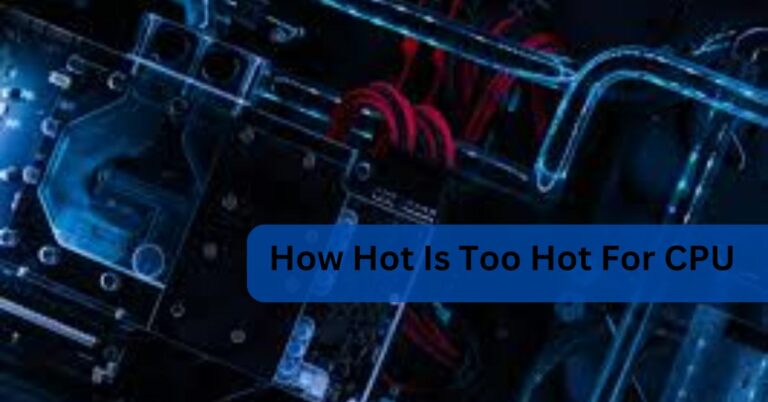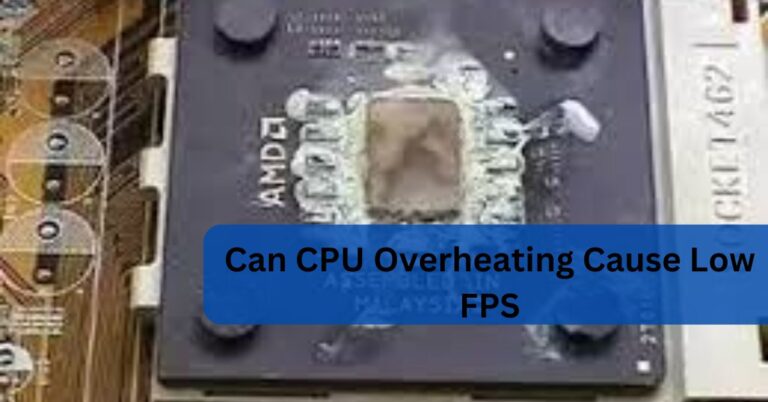Can CPU Utilization Be More Than 100% – a Comprehensive Guide in 2024!
CPU utilization refers to the percentage of time the CPU spends performing work compared to its total available time. It is a critical metric for assessing the efficiency and performance of a computer system.
Yes, CPU utilization can exceed 100% if a system uses multiple CPUs or cores. For example, with multi-threading or multiple cores, the combined usage can show more than 100% as each core’s utilization is counted separately.
However, the concept of CPU utilization exceeding 100% might seem confusing. Let’s explore how this can happen and what it means for system performance.
Can CPU Utilization Be More Than 100%?
Yes, CPU utilization can exceed 100% when using multiple CPUs or cores. Each core’s usage is counted separately, so the total can show more than 100% if the system uses several cores.
What Does CPU Utilization Mean?
CPU utilization measures how much of the CPU’s power is used for processing tasks. It shows the percentage of time the CPU is working versus being idle.
High utilization means the CPU is busy, while low means it is less active.
How is CPU Utilization Measured?
CPU utilization is measured by tracking how much time the CPU spends working versus being idle.
This is shown as a percentage, where 100% means the CPU is fully used, and lower percentages show less usage.
Normal CPU Utilization Ranges!
- Idle (0-10%): CPU is mostly inactive, handling minimal tasks.
- Light (10-30%): CPU is doing some work but is not heavily loaded.
- Moderate (30-70%): CPU is working on several tasks, but not at full capacity.
- High (70-90%): The CPU is handling many tasks and is close to being fully used.
- Full (90-100%): CPU is working at maximum capacity, with little to no idle time.
Can CPU Utilization Exceed 100%?
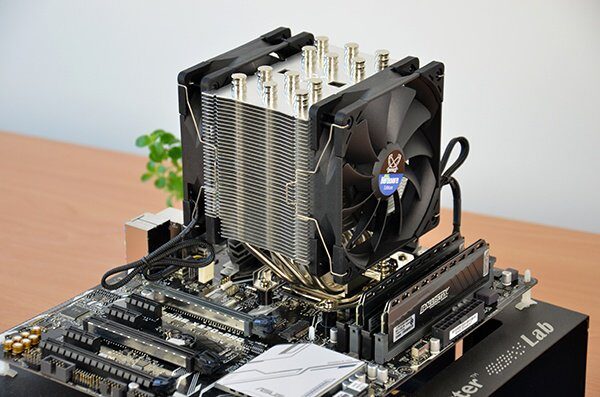
Yes, CPU utilization can exceed 100% if your system has multiple cores or CPUs. Each core’s usage is counted separately, so the total percentage can show more than 100% when combining the usage of all cores.
What Does 100% CPU Utilization Indicate?
100% CPU utilization means the CPU is fully used and working at its maximum capacity. This indicates that the CPU is handling as many tasks as it can, and there is no extra power available for additional tasks.
Is 100% CPU Utilization Always a Problem?
100% CPU utilization isn’t always a problem. It can be normal during heavy tasks like gaming or video editing.
However, if it happens often, it might mean the system is overloaded or needs better cooling or optimization.
Is 100% Gpu Usage Bad?
No, Using 100% of your GPU can be normal during intensive tasks like gaming or rendering. However, if it happens frequently or your GPU is overheating, it might indicate a problem.
Regularly monitor temperatures and ensure good cooling to prevent potential damage.
Demanding Applications and Tasks!
Demanding applications and tasks use a lot of CPU power. Examples include video editing, 3D rendering, and high-end gaming.
These activities can cause high CPU usage, making the CPU work hard to handle complex or heavy workloads.
Insufficient System Resources!
Insufficient system resources mean the computer lacks enough CPU power, memory, or storage to handle tasks smoothly.
This can cause slow performance, crashes, or errors because the system is overwhelmed by the demands placed on it.
Background Processes and Services!
- Automatic Updates: Regularly checks for and installs system or software updates.
- Antivirus Scans: Runs periodic checks to detect and remove malware.
- Backup Services: Automatically creates backups of important files.
- System Monitoring: Tracks system performance and resource usage.
- Cloud Sync: Syncs files between your device and cloud storage.
- Email Clients: Checks and syncs emails in the background.
- Web Browsers: Updates tabs, extensions, and caches.
- System Maintenance: Performs tasks like disk cleanup and optimization.
- Security Software: Manages firewalls and intrusion detection.
- Software Updaters: Ensures installed applications are up to date.
Hardware Limitations!
- Limited CPU Cores: Fewer cores can restrict multitasking and processing power.
- Low RAM: Insufficient memory can slow down performance and limit applications.
- Small Storage: Limited disk space can affect file storage and application installations.
- Slow Hard Drive: Older or slower drives can cause longer load times and delays.
- Weak Graphics Card: A low-end GPU can limit performance in graphics-intensive tasks.
- Insufficient Cooling: Poor cooling can lead to overheating and reduced performance.
- Outdated Motherboard: An old motherboard might not support newer hardware or technologies.
- Limited Ports: Few ports can restrict connectivity options for peripherals and devices.
- Low Battery Life: Short battery life can limit usage time, especially on laptops.
- Slow Network Adapter: A slow or outdated network card can affect internet speeds and connectivity.
Overclocking and Thermal Throttling!
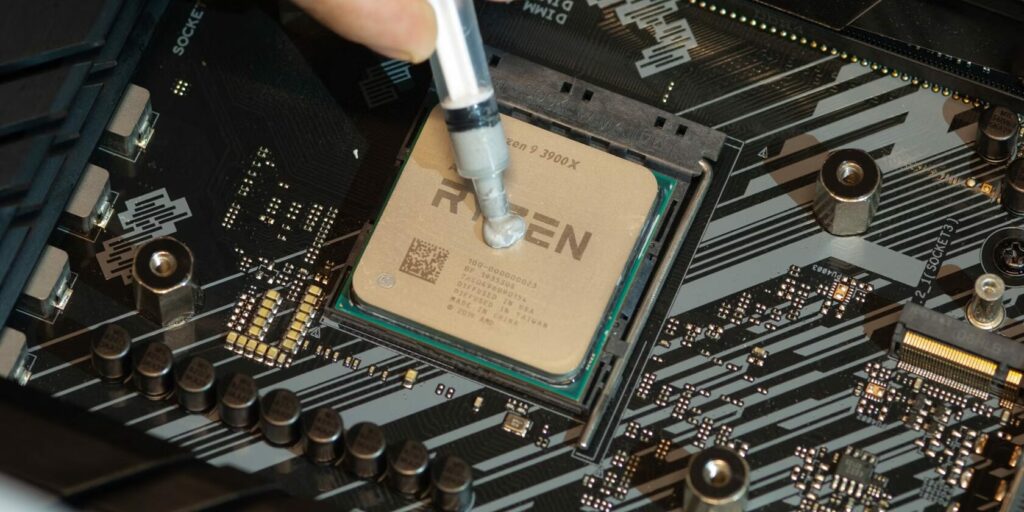
Overclocking boosts CPU performance by increasing its speed, but it can cause higher temperatures. If the CPU gets too hot, thermal throttling reduces its speed to prevent damage, which can slow down performance.
Identifying the Culprit Process!
To identify the culprit process, use a task manager or system monitoring tools. These tools show which processes are using the most CPU or memory, helping you find the one causing performance issues or high resource usage.
Optimizing System Settings!
Optimizing system settings involves adjusting configurations to improve performance. This can include managing startup programs, updating drivers, and tweaking system preferences to ensure the computer runs efficiently and avoids unnecessary slowdowns.
Updating Drivers and Software!
Updating drivers and software fixes bugs and improves performance. New versions can enhance compatibility, security, and efficiency, making your system run smoother and reducing the chances of errors or slowdowns.
Checking for Malware or Viruses!
Checking for malware or viruses involves using antivirus software to scan your system. This helps find and remove harmful programs that can slow down your computer or cause other issues, keeping your system safe and running smoothly.
Considering Hardware Upgrades!
Considering hardware upgrades means replacing or adding components like RAM, a new hard drive, or a better graphics card to improve your computer’s performance. This can help it run faster and handle more demanding tasks more efficiently.
Hyperthreading and Multi-Core Processors!
Hyperthreading and multi-core processors improve performance by allowing a CPU to handle multiple tasks at once. Hyperthreading lets each core handle two threads, while multi-core processors have multiple cores, each capable of running tasks separately.
Cloud Computing and Virtualization!
Cloud computing and virtualization let you use computing resources over the internet. Cloud computing provides online storage and services, while virtualization allows running multiple virtual machines on a single physical computer, improving resource use and flexibility.
Real-Time Applications and Gaming!
Real-time applications and gaming need high CPU and GPU power to work smoothly. They require fast processing and low latency to handle tasks instantly and deliver a smooth, responsive experience without delays or interruptions.
Data Centers and Server Environments!
Data centres and server environments house many computers and servers that store and manage large amounts of data. They ensure reliable access to services and applications, with high performance and security, and often include cooling and backup systems for efficiency.
Monitoring CPU Utilization!
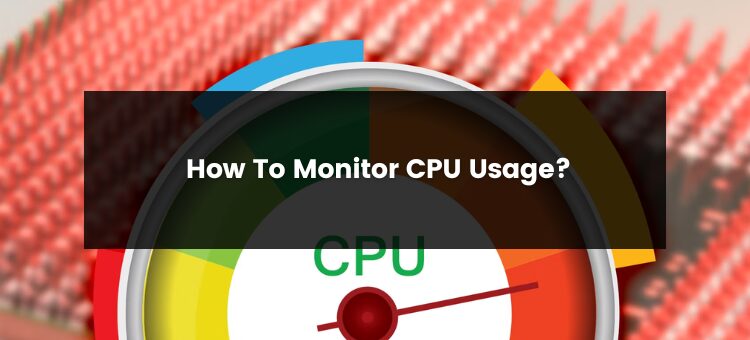
Monitoring CPU utilization involves checking how much of the CPU’s power is used. Tools like task managers show this information, helping you see if the CPU is overloaded or if there’s a need for better performance or resource management.
Balancing Performance and Efficiency!
Balancing performance and efficiency means adjusting settings to get the best speed while using the least power. This helps make sure your computer runs well without wasting energy or causing overheating, optimizing both speed and resource use.
Preventing Overheating and Damage!
Preventing overheating and damage involves keeping your computer cool by using fans, proper ventilation, and cleaning dust. This helps avoid high temperatures that can harm components and reduce your system’s performance and lifespan.
Future Trends in CPU Technology!
Future trends in CPU technology include faster speeds, more cores, and better energy efficiency. Advances like AI integration and improved cooling will also enhance performance and power usage, making CPUs more powerful and effective for various tasks.
Best Practices for CPU Management!
Best practices for CPU management include regularly updating software, monitoring CPU usage, and managing background tasks. Ensure good cooling and consider hardware upgrades if needed to keep your system running smoothly and efficiently.
Faqs:
What is CPU utilization?
CPU utilization measures the percentage of time the CPU is working versus being idle. It shows how busy the CPU is with tasks.
Can CPU utilization exceed 100%?
Yes, CPU utilization can exceed 100% if your system uses multiple cores, with each core’s usage counted separately.
What does 100% CPU utilization indicate?
100% CPU utilization means the CPU is fully used, handling as many tasks as it can with no extra power available.
Is 100% CPU utilization always a problem?
Not always. It can be normal during heavy tasks but may indicate overload or need for better cooling if frequent.
How is CPU utilization measured?
CPU utilization is measured by tracking how much time the CPU spends working compared to being idle, shown as a percentage.
What are normal CPU utilization ranges?
Idle (0-10%), Light (10-30%), Moderate (30-70%), High (70-90%), and Full (90-100%) reflect varying levels of CPU usage.
How can I identify the culprit process for high CPU usage?
Use task manager or system monitoring tools to see which processes are using the most CPU or memory, pinpointing the issue.
What are some best practices for CPU management?
Regularly update software, monitor CPU usage, manage background tasks, ensure good cooling, and consider hardware upgrades as needed.
How can I prevent CPU overheating and damage?
Keep your computer cool by using fans, proper ventilation, and cleaning dust to avoid overheating and protect components.
What is the role of hyperthreading in CPU performance?
Hyperthreading allows each core to handle two threads simultaneously, improving performance by enabling more efficient multitasking.
Conclusion:
CPU utilization is an important measure of how much work your CPU is doing. It can sometimes show more than 100% when using multiple cores. While 100% CPU utilization can be normal during heavy tasks, frequent high usage might indicate the need for better cooling or system upgrades. Monitoring and managing CPU usage, updating software, and ensuring proper cooling can help keep your system running smoothly


